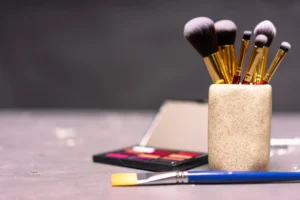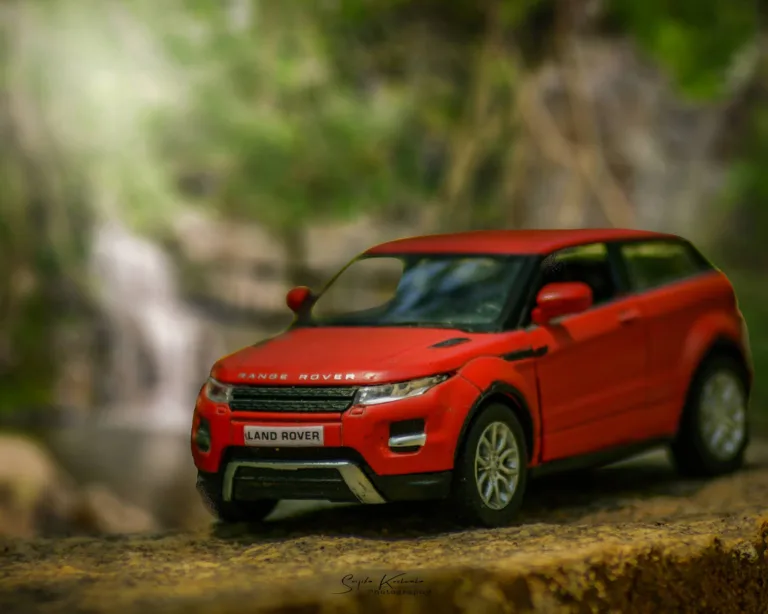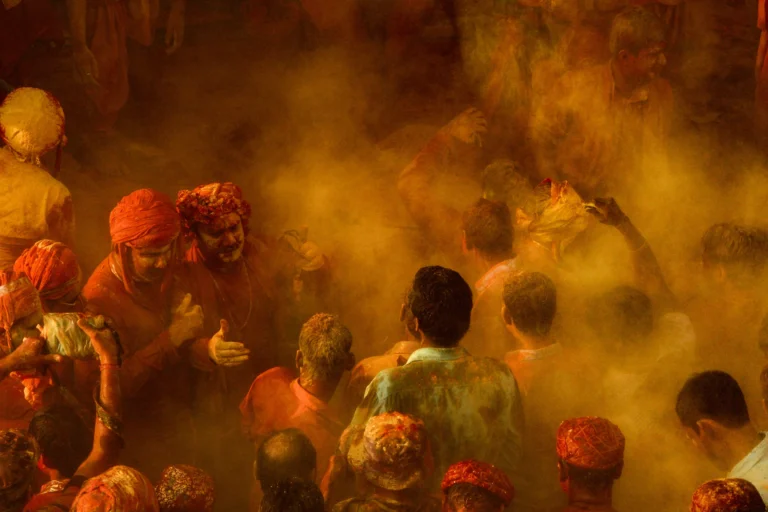Most of us have seen those beautiful photos with dreamy blur background that seems to make the subject pop. Have you ever wondered how it is done? The term used for this captivating effect is “Bokeh” or “Boca” (pronounced as Boh-kay). This effect has become incredibly popular in photography. In this article, we’ll learn how to achieve the bokeh effect through cameras and mobile phones. Also, we’ll understand the science behind this effect.
What is Bokeh in Bokeh Photography?
The term Bokeh is used for the aesthetic looking out-of-focus areas in an image, particularly the background, that is produced by a shallow depth of field. The word comes from the Japanese language, meaning “blur” or haze”. Using the bokeh effect a photographer adds an ethereal and magical feel to the photographs.
The Science Behind Bokeh
As we know, photography works on the science of optics. When you take a photo, light enters the camera through the lens and forms an image on the camera’s image sensor or the film.
To further understand the science behind bokeh you need to know What is aperture in your camera? And how it works to give a bokeh effect?
Aperture: An aperture is an opening in the camera lens (Picture 1) that decides how much light can enter the camera. The shape and size of the aperture decide the characteristics of the Bokeh effect.
How does it work?
We can compare the aperture with the pupil in our eye. When we try to focus on a subject that is kept near to us, our pupil expands, thus allowing more light to enter our eye causing the foreground (objects kept near the subject ) as well as the background of that object to get blurred out. This is called Shallow depth of field. Same way, A wide lens aperture, that is a smaller f-number(e.g., f/1.8), will allow more light to enter the camera, thus will create a shallower depth of field (Picture 2) thus resulting in a bokeh effect.
The shape and size of the lens aperture change the way the Bokeh effect will appear in a photograph. You can always play around, by attaching differently shaped cutouts in front of your lens to obtain different kinds of bokeh effects. Picture 3, for example.
Practicing Bokeh Photography with Today’s Cameras
You need to know 4 simple concepts to capture the bokeh effect using a Camera.
- If you want to obtain a bokeh effect where the subject is kept closer to the camera (headphone image for example), choose a lens with a wide aperture like Prime Lenses with low f-numbers like f/1.8 or f/1.4.
- If you want to obtain a bokeh effect when the subject is far from the camera, chose Telephoto Lenses. They compress the background thus creating a nice separation between the subject and the background when you zoom closer to the subject.
- The main aim is to bring the subject closer (either by placing the camera closer to the subject or by using zoom lenses) and ensure there is some distance between the subject and the background. The distance between the subject and the background helps in making the bokeh more pronounced.
- Switch to manual mode or aperture priority mode, and select a low f-number to achieve a shallow depth of field. This allows you to focus on your subject while keeping the background delightfully out of focus.
Bokeh with Mobile Phones
These days smartphones offer an impressive capability to achieve a bokeh effect. Here’s how to get a bokeh effect using a mobile phone :
- Portrait mode: Select Portrait mode in the camera app of our phone. This mode uses algorithms and dual-camera systems to create artificial bokeh. It detects the subject and blurs the background digitally, thus simulating shallow depth of field effect.
- Manual focus: Some smartphone cameras allow you to manually adjust the focus point. Select the subject by tapping on it on the phone screen. Then adjust the focus by moving closer or farther from the subject. Once the subject is completely in focus, a shallow depth of field will be created giving a bokeh effect.
- Third-party apps: Various third-party camera apps offer advanced features, including manual control over aperture and depth of field. These apps allow you to experiment and fine-tune the bokeh effect according to your preferences. Using these apps you can select the object you need to keep in focus and rest you can make blur by using various filters and masking effects.
With more and more people taking an interest in learning and practicing photography, the bokeh effect is getting popular among such photographers. And just with mear understanding of science, you can achieve this effect by using both Camera or a mobile phone. All you have to do is chose the right lens as per your setup, set a wide aperture, and then experiment with positioning your subject at various distances from the background to achieve a stunning bokeh effect.
Hope this article was useful in giving you a basic idea of What is Bokeh effect? and How to achieve a bokeh effect. If yes, then do tag me on Insta (my handle @srijita.photography), and your photo might get a chance to be featured in this article. Let me know how you are achieving the bokeh effect in your photos. Happy shooting!
Similar Read : What is a good Or a bad Bokeh effect? Learn Form Pro !
bokey effect photography ,Boca ,photography ,learn ,heart , abstract, light, effect, bokeh, shiny, bright, background, glow, glitter, sparkle, shine, gold, texture, magic, decoration, holiday, black, design, glowing, luxury, night, blur, vector, spark, white, transparent, illustration, new, pattern, star, festive, year, dust, flare, yellow, color, xmas, golden, backdrop, defocused, space, christmas, blurred, particle, party, isolated, stardust, shimmer, sky, glamour











[…] To learn the basics of photography click here Bokeh Photography, Depth of Field Basics […]
[…] f/1.8 or 35mm f/1.4) are excellent for achieving a shallow depth of field and creating beautiful background blur (bokeh). They are especially useful for portraits and artistic shots within the pumpkin […]
[…] Related Article: The Bokeh Effect: Adding Depth And Beauty To Your Photos […]